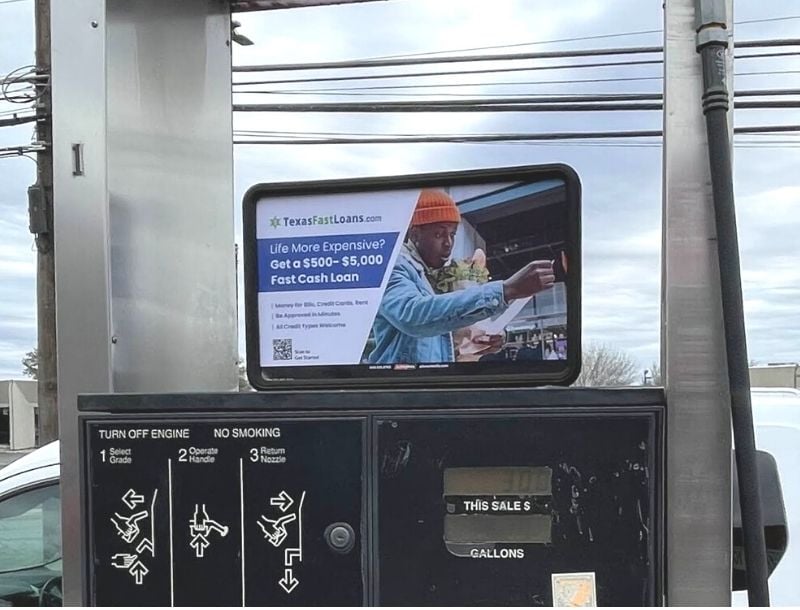*Updated 6/23/22 with insights from Mary Perrella, VP of Media and Marketing, from Vengo Labs*
Where’s your favorite place? You can see it in your mind’s eye, can’t you? You can hear it, smell it, almost reach out and touch it, it’s so vivid. Being there gives you a sense of well-bring. Places are essential for OOH marketers, too, because the goal is to connect with audiences where they already are.
We all have a strong sense of place when it comes to our home, but after being cooped up there for so long, people naturally craved a return to their favorite place(s) out in the real world — and they’re heading out in droves to get there. Where are those places? Well, that’s a very personal matter because while the place is usually a physical location, the “sense” part is purely emotional. It’s how we feel about that physical location. It’s comfortable. Familiar. We associate it with good experiences.
Defining sense of place
You can go down a rabbit hole trying to research and understand the “true” meaning of sense of place. For example, an article in the International Encyclopedia of Human Geography defines sense of place as “the emotive bonds and attachments people develop or experience in particular locations or environments.” (You didn’t know there was such a thing as the International Encyclopedia of Human Geography, did you? We didn’t either.)
Sense of place is complex, and it changes somewhat depending on the type of place you’re thinking about. It’s all about context, and human environmental experience is highly subjective because individuals perceive locations and environments differently.
Still, you know what sense of place means to you personally, don’t you? It’s that special combination of geography plus the location’s social and emotional impact. Those intangible aspects play a big role. You can feel a sense of place within your family or among friends, no matter where you are, because you belong. Social media interactions contribute to sense of belonging among remote participants.
Right place, right time
Out-of-home advertising thrives on place-based targeting. Marketers use tools such as Geopath to match up ad locations with where they know their audience will be, going about their business in the real world. You can drill all the way down to GPS coordinates that enable you to place your ads right where your targets are as they’re driving or walking down the street or shopping or dining or traveling.
It’s not only about hitting the right GPS coordinates, though. Your ad has to resonate with your viewers’ sense of place in order to engage them. Take malls, for example. Well before the pandemic hit, malls were dwindling in popularity. In an effort to resuscitate business, mall marketers have stopped promoting their convenience and selection and are instead promoting their locations as places that offer tempting experiences to shoppers.
Context plays a crucial supporting role. Contextual marketing is popular with online advertisers who place their ads next to directly relevant content. A sports drink ad on a sports-related blog page, for example. Out-of-home advertisers capture the same benefits by not only placing ads where customers will be but in environments that are directly relevant to their campaign. If you’re targeting moms, it makes sense to run digital ads that display in the pediatrician’s waiting room. Here’s how health and wellness brands are doing it.
We’re all familiar with the expression “right place, right time.” When those two factors come together, you get great results. On the other hand, discordant variations — “right place, wrong time” or “right time, wrong place” lead to missed opportunities or overtly negative results. A well-designed ad will catch the eye of most everyone passing by, but they won’t pay attention to what they see if it doesn’t strike a chord.
Now that you know what place-based is, how can you use it?
Place attachment can boost brand loyalty. And that’s why sense of place is so important in crafting a successful OOH strategy. Select place-based venues that mirror your audience’s journey, reaching out to them more often and with content that’s specifically relevant to each venue. That level of personalization has your target saying, “Hey, this brand really gets me.” Mary Perrella, VP of Media and Marketing at Vengo Labs, says there are two distinct opportunities:
- “If you’re Nike or a more niche brand and want to reach a niche audience, place-based should be your primary channel because it is highly targetable and contextual.” You may even want to use place-based advertising as your only channel.
- “If your campaign is more general, place-based ads increase frequency and also a sense of intimacy because the screens are in environments your audience has chosen and where they are engaged.”
“They see your ad on Hulu, along the highway, at the office, and now it’s close up. That gives you greater frequency and far greater impact.” Impact, Mary reminds us, is what drives people to take action. “If you want a response, place-based closes the deal.”
